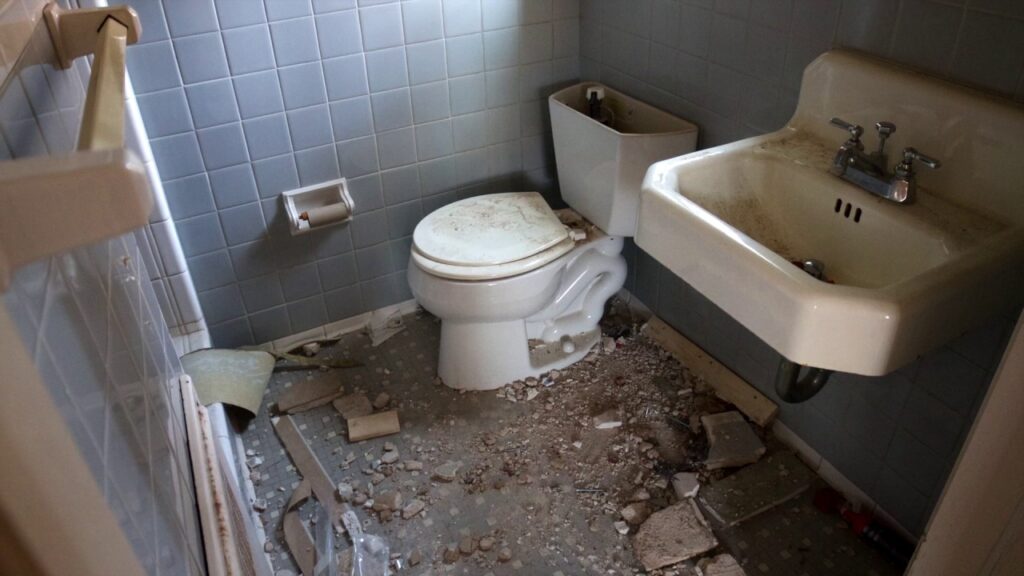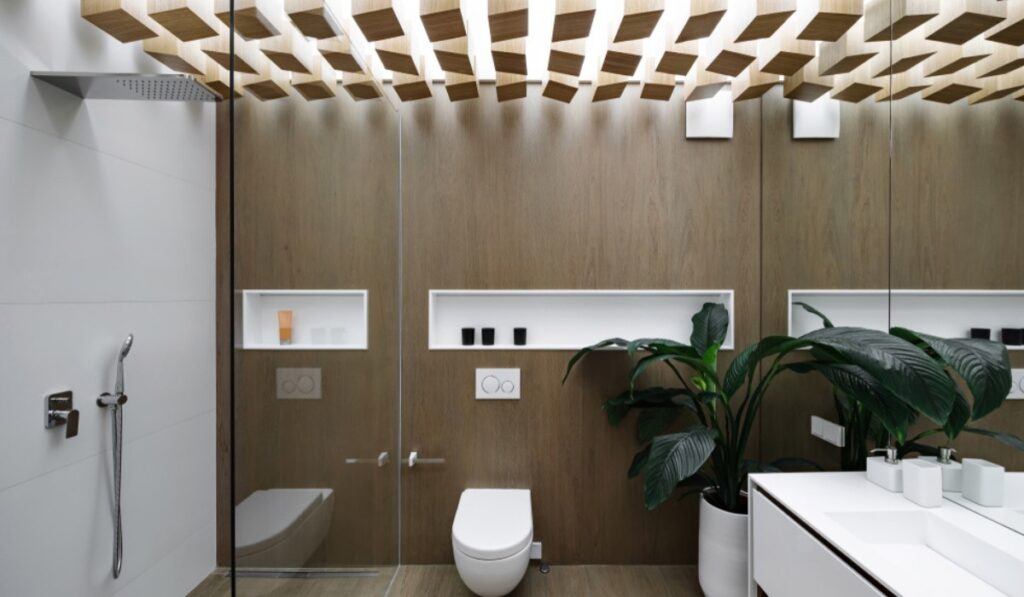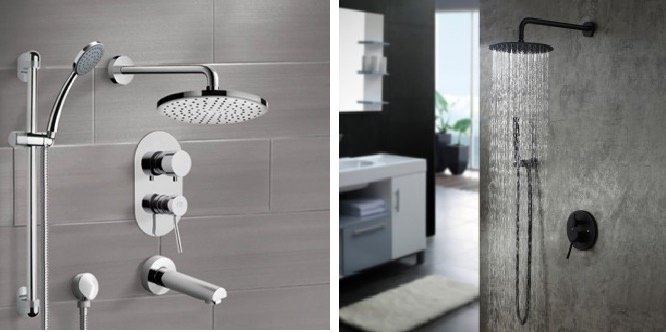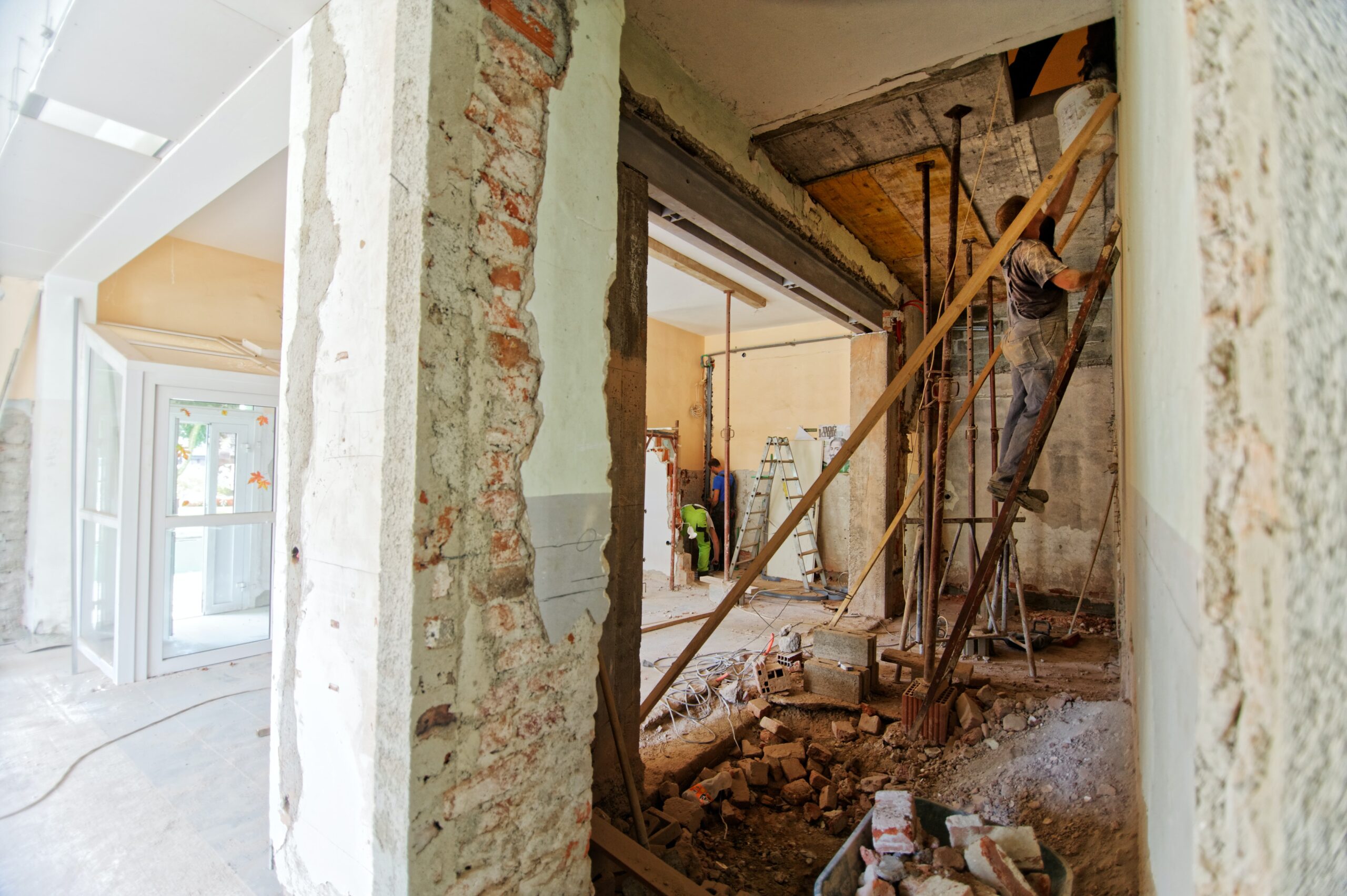A bathroom renovation is a great way to add value to your home, increase functionality, and simply make it look better. But before you can enjoy the transformation of your space, you need to plan for the project. Planning a bathroom renovation can seem daunting at first, but with the right preparation and organization, it doesn’t have to be. In this blog post, we’ll cover all the necessary steps you need to take in order to plan a successful renovation project. From budgeting and choosing materials to hiring contractors and managing timelines, we’ll provide a comprehensive guide to help ensure that your bathroom remodel will be a success.
Demolition

If you’re planning a bathroom renovation, the first step is to decide what needs to be demolished. This will vary depending on the scope of your project, but common items that need to be removed during a bathroom demolition include:
– Toilets
– Sinks
– Vanities
– Bathtubs
– Showers
– Tile
– Drywall
Once you’ve decided what needs to be removed, the next step is to start the demolition process. This can be done by either hiring a professional contractor or doing it yourself. If you’re going to do it yourself, make sure you have all the necessary tools and safety gear before starting. Once the demolition is complete, you’ll be one step closer to completing your bathroom renovation!
Plumbing

If you’re planning a bathroom renovation, one of the first things you’ll need to do is decide on your plumbing. This can be a tricky process, as there are a lot of different factors to consider. Here are a few tips to help you plan your bathroom plumbing:
1. Decide what type of fixtures you want. There are a variety of different types of fixtures available, from traditional to modern. You’ll need to decide which type of fixtures will best fit your overall design.
2. Consider your water pressure. Depending on the water pressure in your home, you may need to upgrade your fixtures or install new ones altogether. Make sure to consult with a plumber before making any decisions.
3. Choose the right location for your fixtures. Plumbing can be tricky, so it’s important to choose the right location for your fixtures. Make sure they’re easily accessible and located in an area that won’t be disruptive to your daily routine.
4. Have a professional install your plumbing. This is one area where it’s definitely worth paying for professional help. A professional will know exactly how to install your plumbing correctly and will also be able to troubleshoot any problems that may arise down the road
Electrical

If you’re planning a bathroom renovation, one of the first decisions you’ll need to make is whether to do the electrical work yourself or hire an electrician. Although hiring an electrician will likely cost more upfront, it may be worth it in the long run to avoid any potential hazards associated with electrical work.
When deciding whether to tackle the electrical work yourself or hire an electrician, there are a few factors you should consider:
Your level of experience: If you have no experience with electrical work, it’s probably best to leave it to the professionals. Even if you have some experience, unless you’re confident in your abilities, it’s still safer to hire an electrician.
The scope of the project: If your renovation is on a small scale and only involves minor electrical work, such as installing new light fixtures, then you may be able to do it yourself. However, if your renovation is more extensive and includes wiring new outlets or running new lines, then you’ll need to hire an electrician.
The complexity of the project: Even if the scope of your project is small, if the electrical work is complex (e.g., running new lines), then it’s best to hire an electrician.
Your budget: Hiring an electrician will obviously cost more than doing the work yourself, but if safety is a concern or you’re not confident in your abilities, then spending the extra money is worth it.
Lighting

The first step in planning a bathroom renovation is to determine your lighting needs. There are several types of lighting to choose from, and each has its own unique benefits.
Ambient lighting is the most common type of lighting used in bathrooms. It is perfect for providing general illumination and can be used to highlight specific areas, like a vanity or shower area.
Task lighting is ideal for tasks that require more light, like shaving or applying makeup. It can be provided by recessed lights, pendants, or wall sconces.
Accent lighting is used to create a certain ambiance or mood in a space. It can be used to highlight architectural features or art work. Wall sconces and track lights are commonly used for accent lighting.
Flooring

When planning a bathroom renovation, one of the first things to decide on is the flooring. There are many different types of flooring to choose from, and each has its own advantages and disadvantages. Here is a brief overview of some of the most popular types of flooring:
Ceramic tile is a durable and water-resistant option that comes in a wide variety of colors and styles. It can be cold to the touch, however, so it may not be the best choice for a bathroom that gets a lot of traffic.
Vinyl flooring is another popular option for bathrooms. It is relatively inexpensive and easy to install, and it comes in a wide variety of colors and patterns. Vinyl is also water-resistant and easy to clean. However, it can be slippery when wet, so it’s important to choose a textured vinyl or add nonslip mats or rugs in areas where there is potential for water on the floor.
Linoleum is another water-resistant option that comes in a wide variety of colors and patterns. It’s made from natural materials like linseed oil, cork dust, wood flour, and resin, so it’s an eco-friendly choice. Linoleum can also be softer and warmer underfoot than tile or vinyl. However, it can be more difficult to install than other types of flooring and may require professional help.
hardwood floors are classic choice for many homes, but they’re not always
Walls
When planning a bathroom renovation, one of the first things to think about is the walls. What type of material do you want to use for the walls? Paint? Tile? Wallpaper? There are pros and cons to each option, so be sure to do your research before making a decision.
Paint is usually the most inexpensive option, and it can give your bathroom a fresh, new look. However, paint can be tricky to apply in a small space like a bathroom, and it may not last as long as some of the other options.
Tile is durable and easy to clean, but it can be expensive. Wallpaper is another option that can add color and pattern to your bathroom, but it can be difficult to remove if you decide you want a different look down the road.
Ceiling

Ceilings are often overlooked when it comes to bathroom renovation, but they can actually make a big difference in the overall look and feel of the space. There are a few things to keep in mind when choosing a ceiling for your bathroom:
-The height of the room: A taller ceiling will make the room feel more spacious, while a shorter ceiling can make it feel more cozy.
-The shape of the room: A square or rectangular room will benefit from a symmetrical ceiling, while an irregularly shaped room can be accentuated with an asymmetrical design.
-The style of the room: A traditional bathroom will look best with a classical ceiling design, while a more contemporary space can be brought to life with a more modern approach.
Fixtures

There are a few fixtures that are essential to any bathroom. These include a toilet, sink, and shower or bathtub. With these basics in mind, you can begin to plan your renovation.
If you’re planning on replacing your toilet, make sure to measure the space before you buy a new one. You’ll also need to consider the type of toilet you want. There are two-piece toilets, which have a separate tank and bowl, and one-piece toilets, which are all one unit. Two-piece toilets are generally more affordable, but one-piece toilets can be easier to clean.
When it comes to sinks, there are a variety of options available. You can choose from pedestal sinks, wall-mounted sinks, or even vessel sinks. Consider how much counter space you have available and what type of look you’re going for in your bathroom before making a decision.
Showers and bathtubs come in a variety of sizes and styles as well. If you’re short on space, consider a shower stall instead of a bathtub. Walk-in showers are also becoming more popular in recent years. Again, think about the style of your bathroom and what would best fit with the rest of the design before making a final decision.
Finishing Touches
After the big decisions have been made and the bulk of the work is complete, it’s time to start thinking about the finishing touches. These are the elements that will really make your bathroom renovation come together and give it that polished look.
One important thing to consider is lighting. You’ll want to choose fixtures that complement the overall design of your bathroom while also providing adequate light for tasks like applying makeup or shaving. Another key element is hardware. Select towel bars, cabinet pulls, and other hardware that fits with both your style and the existing fixtures in your bathroom.
And don’t forget about those little details that can really make a difference. Adding fresh flowers or scented candles can give your bathroom a spa-like atmosphere. Plush bath mats and cozy towels add a touch of luxury. And pretty storage baskets can help keep everything organized.
Take some time to think about what finishing touches will help make your renovated bathroom feel like home, then get busy adding those final personal touches!
Conclusion
With the right planning and strategy, you can create a bathroom renovation that will leave your guests impressed. From choosing the right fixtures to getting creative with storage solutions, there are many ways to make your bathroom look better. Consider all of the options carefully before committing to any one plan so that you get exactly what you want out of the project. With careful planning and guidance from experienced professionals, you can find success in creating a beautiful and functional bathroom space for yourself and your family.

